[We’re presenting this series of Jess inspiration to celebrate the upcoming second episode of our podcast, The Terrible Anvil…
… in which Jess and I talk about the comics making process and how to make it easier, one step at a time… - Tom]
From Jess Ruliffson:
It's ok if your idea looks like this GIF of Charlie from Always Sunny. PERFECT!!! Look at all that fine material you have to work with!
Here's some good stuff to remember as you're trying to summarize your very essence and the life's work you've been obsessing over …
Your Idea(s) Will Change Over Time
Nail down some thoughts on paper or a napkin. Everything counts. Gather everything together and look at it. What are the napkins telling you that you don't know? Sometimes we project a structure onto something early on that falls away later in service of the narrative. That is normal and good!
What If I Choose The Wrong Story To Tell?
"It's okay if you weren't brave enough or ready to write what you really needed to write. You will be next time." - Kristen Radke
(Quote from Before and After The Book Deal by Courtney Maum, a great book I recommend.)
Your Drawings/Process Will Change Over Time
Yes, you suck at drawing hands. Put those mittens on there til you figure it out. Don't let it bother you one bit.
As an example, Mira Jacob is a NYT bestselling author and her hands on one character were just tapered into little nubbins. AND NO ONE CARED! They still bought/read/critically-lauded her graphic memoir, GOOD TALK.
I wish I could find the nubbins they were amazing. SHE TRACED IT ALL AND USED PHOTOS and it was TOTALLY OK.
[One nubbin found! - Tom]
How You See This Project Will Change Over Time
I try not to talk about myself too much, but by way of example, hear me out. When I started my graphic novel project, I was attempting to fold my own memoir into a collection of interviews with veterans. (I am not a veteran but I wanted to talk to them and draw their stories, and felt as if I had to explain myself.) It turned out the memoir I was trying to cram into the overhead-storage-compartment of my story was a separate book (that I probably won't ever make) and it fell away, and all that was left was these amazing stories from other people, and the book ended up being really beautiful and awesome. I wrote a little "Afterword" that "explained myself" AND IT WAS TOTALLY OK and a publisher even published it and it got nominated for an Eisner Award, even though I was like WHO AM I AND WHAT AM I DOING??
Ok, so it’s later, maybe we’re a little past the halfway point, perhaps triangulating new goals for our remaining time together. Many of us might want to walk away from the program with something to cheer about in our hot little hands, and to that end, I paraphrase Hyena (here) when I quote, “Don’t get it right—get it down!”
How to do this?
I read this somewhere once, used to have it hanging above my art desk for awhile:
MAKE YOUR VISION SO CLEAR THAT YOUR FEARS BECOME IRRELEVANT
1) GATHER LOTS OF STUFF
You could do this lots of ways: seeing the cover of the book in your mind, drawing the cover of your book, drawing your character, drawing comics pages, making notes to yourself in a notebook of great book-related notes, half of which are napkins, etc. It doesn't have to be fancy to be real.
2) PICK FAVORITE STUFF
Do you have way, way, too much stuff? Good! Pick only your very favorite thing and put all the other favorites in a sacred "save for later" pile (this is called art budgeting. Resist shiny object by storing it in a happy drawer to return to later.)
3) GO DEEP WITH ONE THING
Dig into what you have in your hands right now: one drawing, one idea, one voice in the wilderness. Do one small thing with great, big love.
It will get better!
You got this. Keep doing what you're doing! Marks on paper, butt in chair, heart lifted to hope.
Happy Making,
Jess






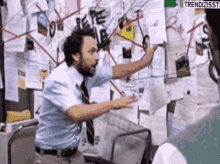
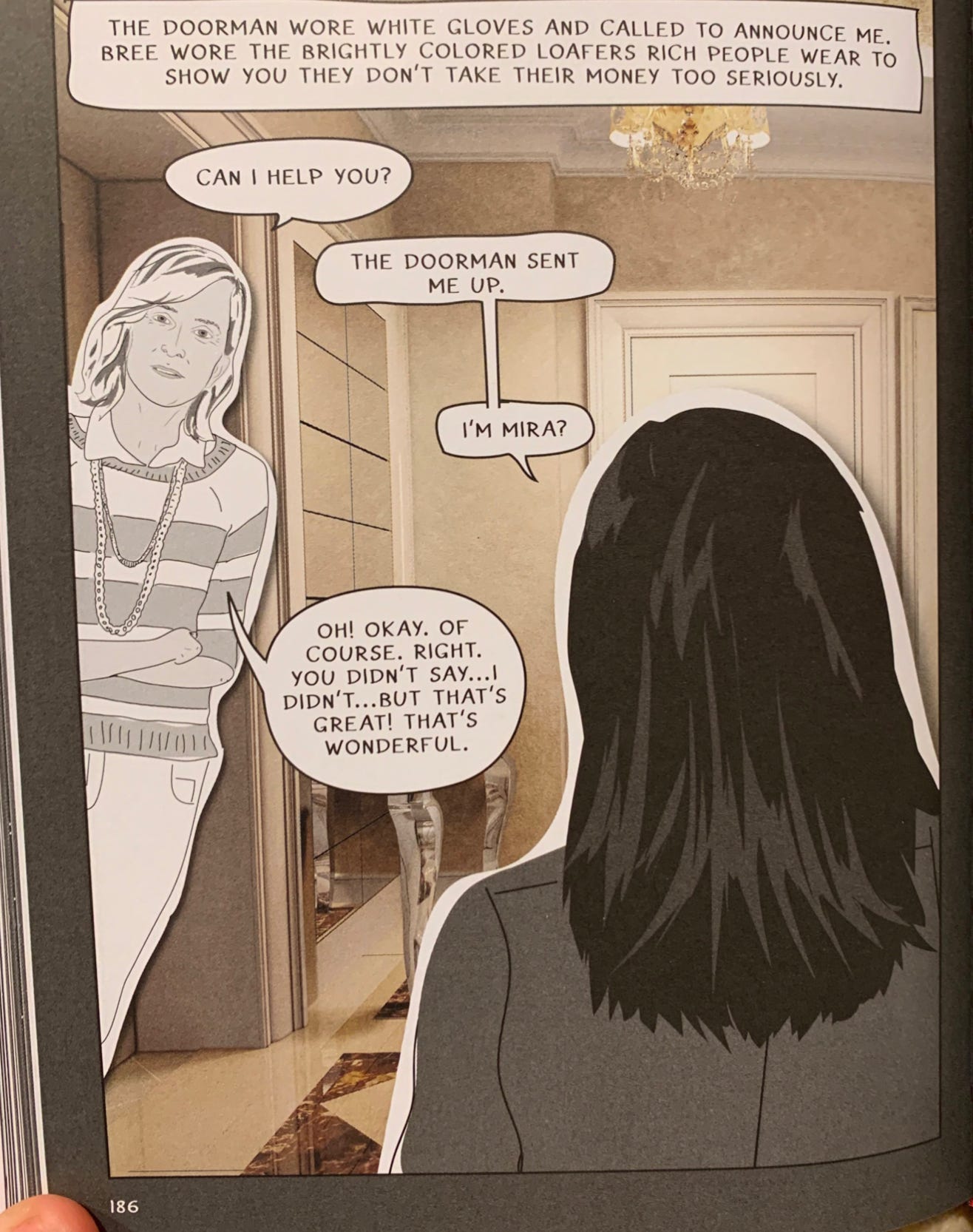

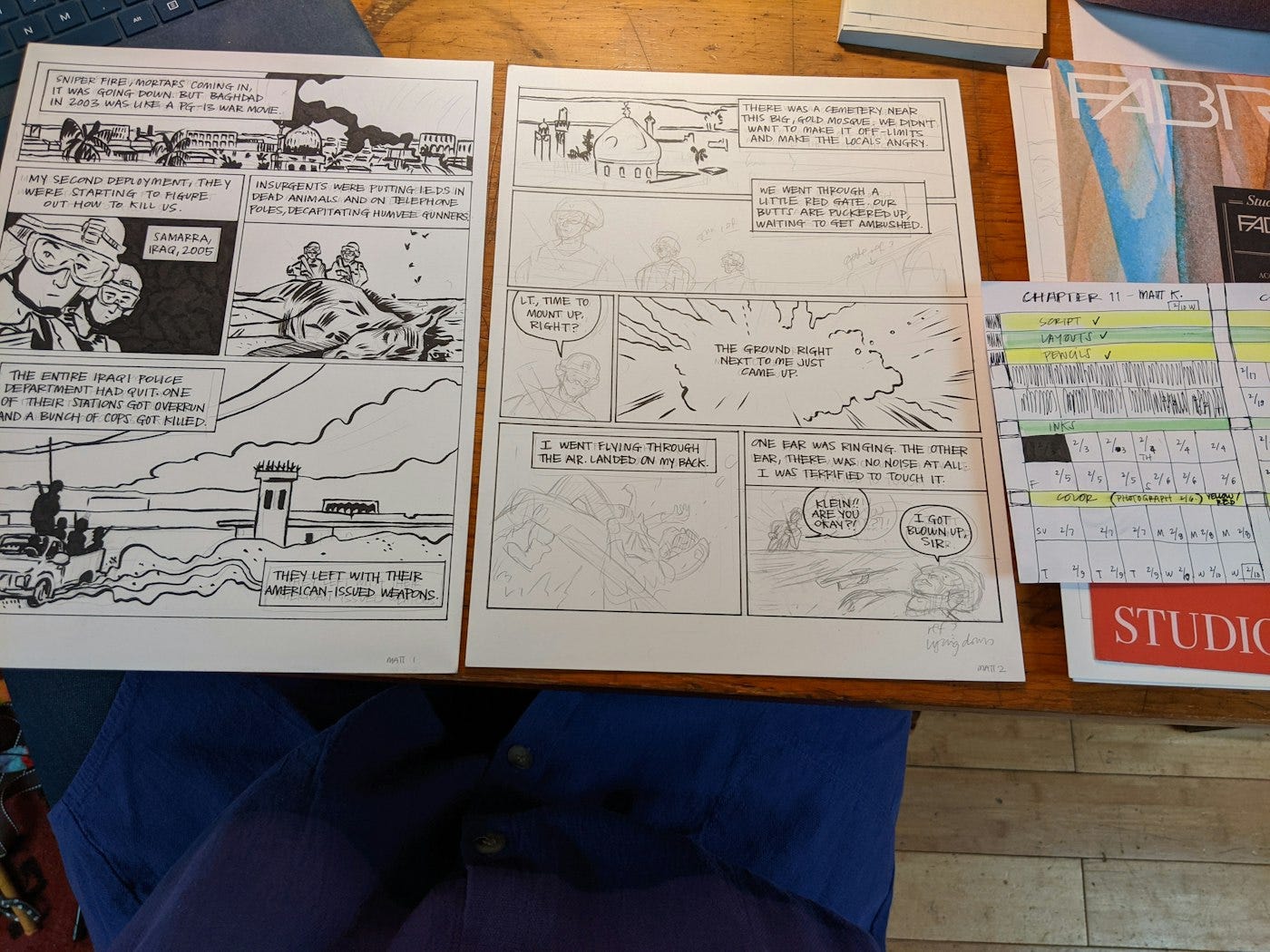
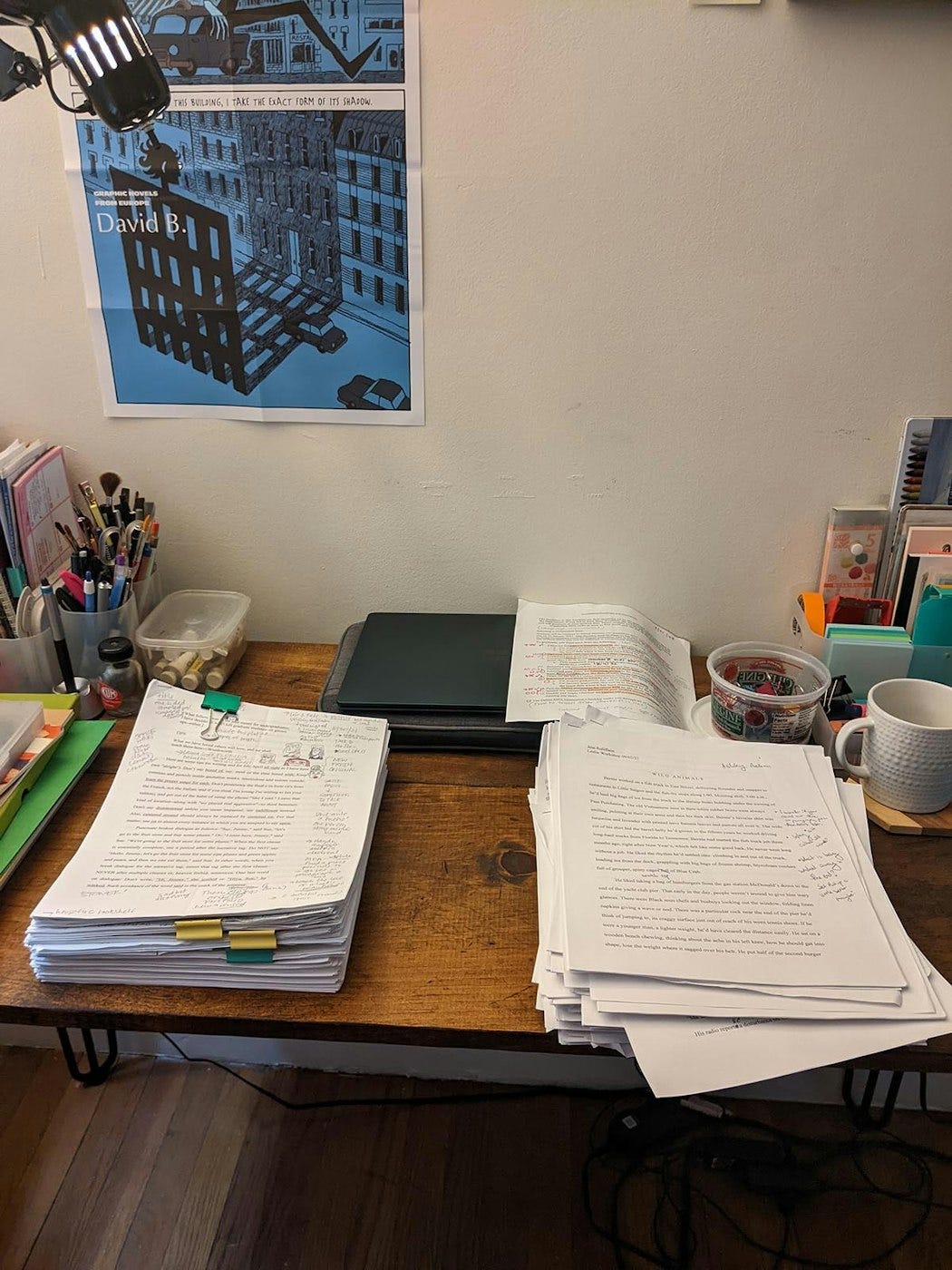
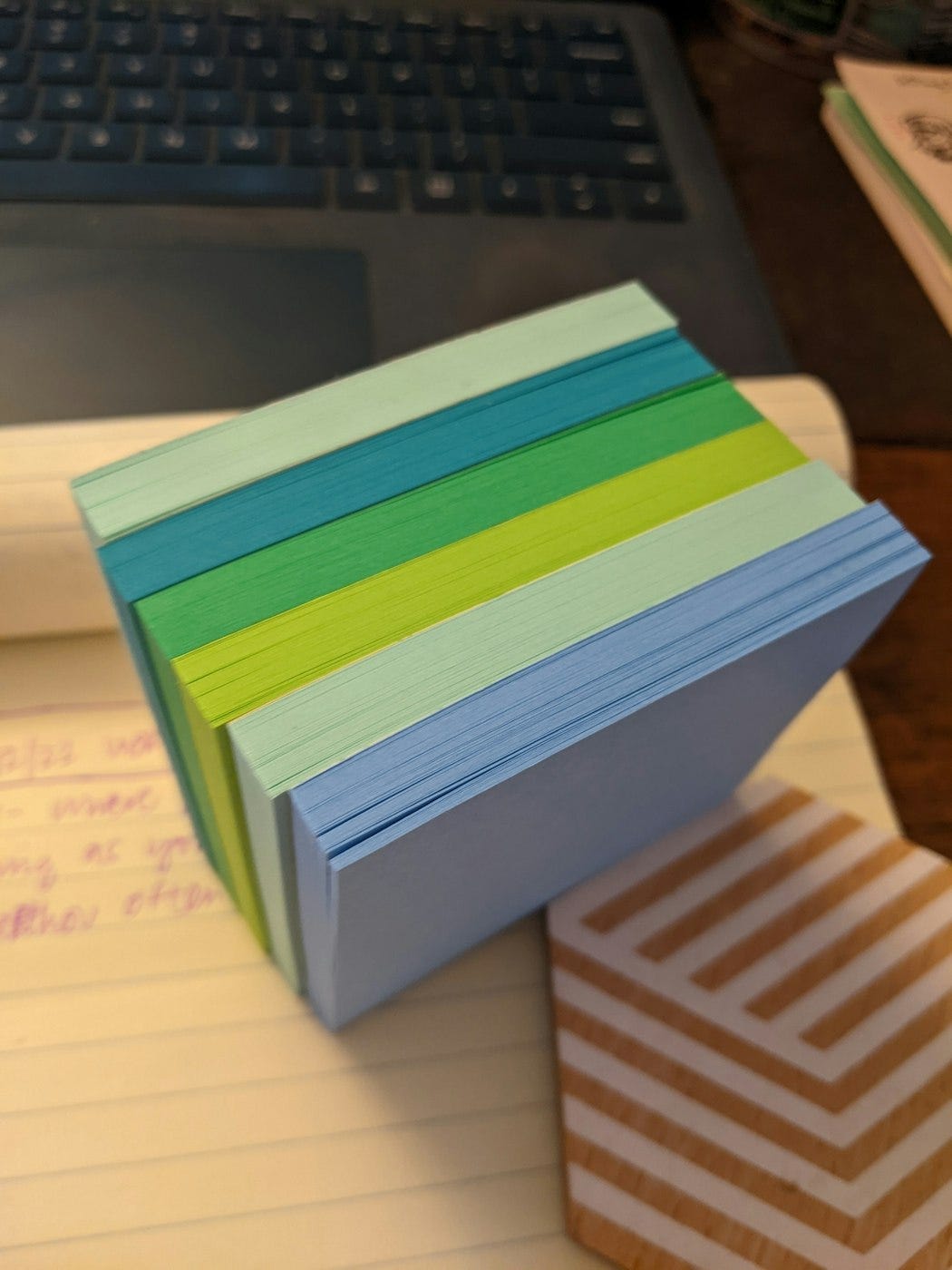
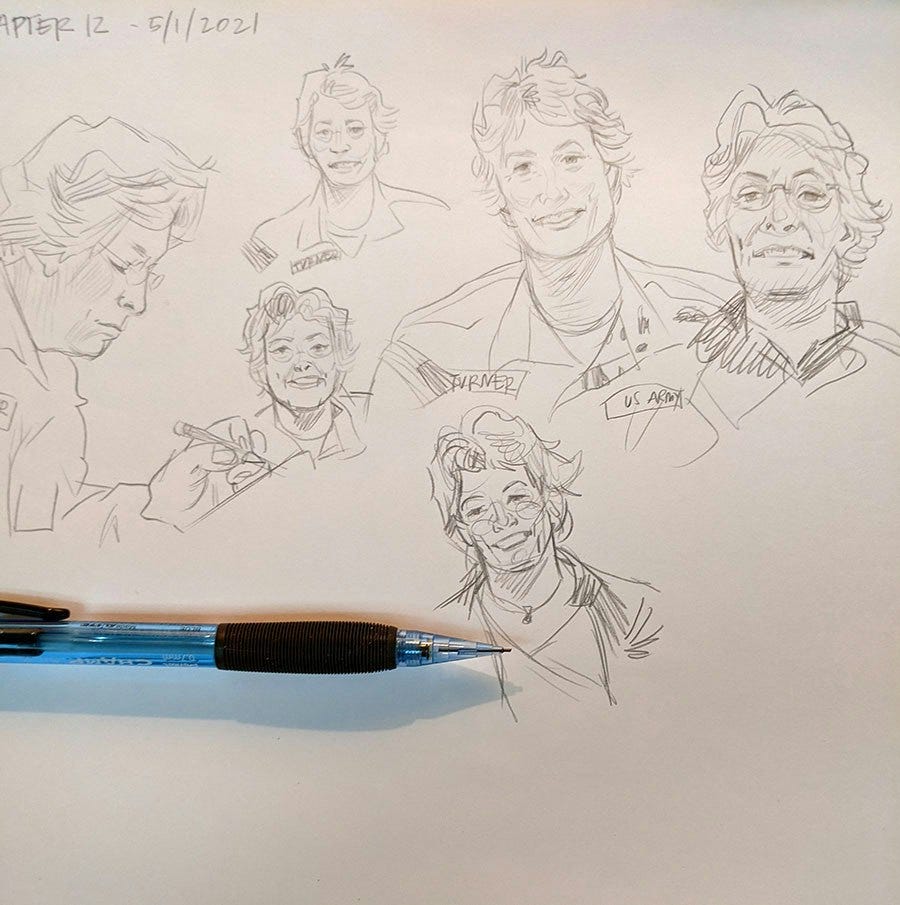
This is exactly what I needed to hear right now! Thanks, Jess ❤️
This is so good, thank you!